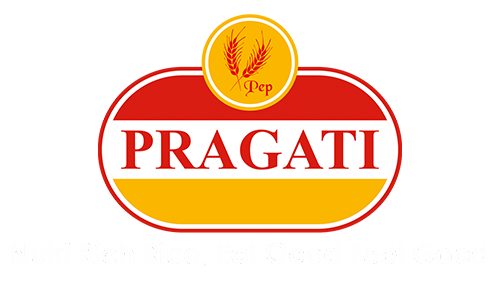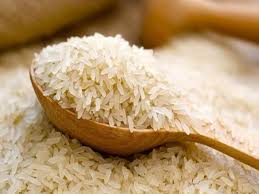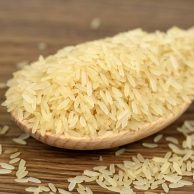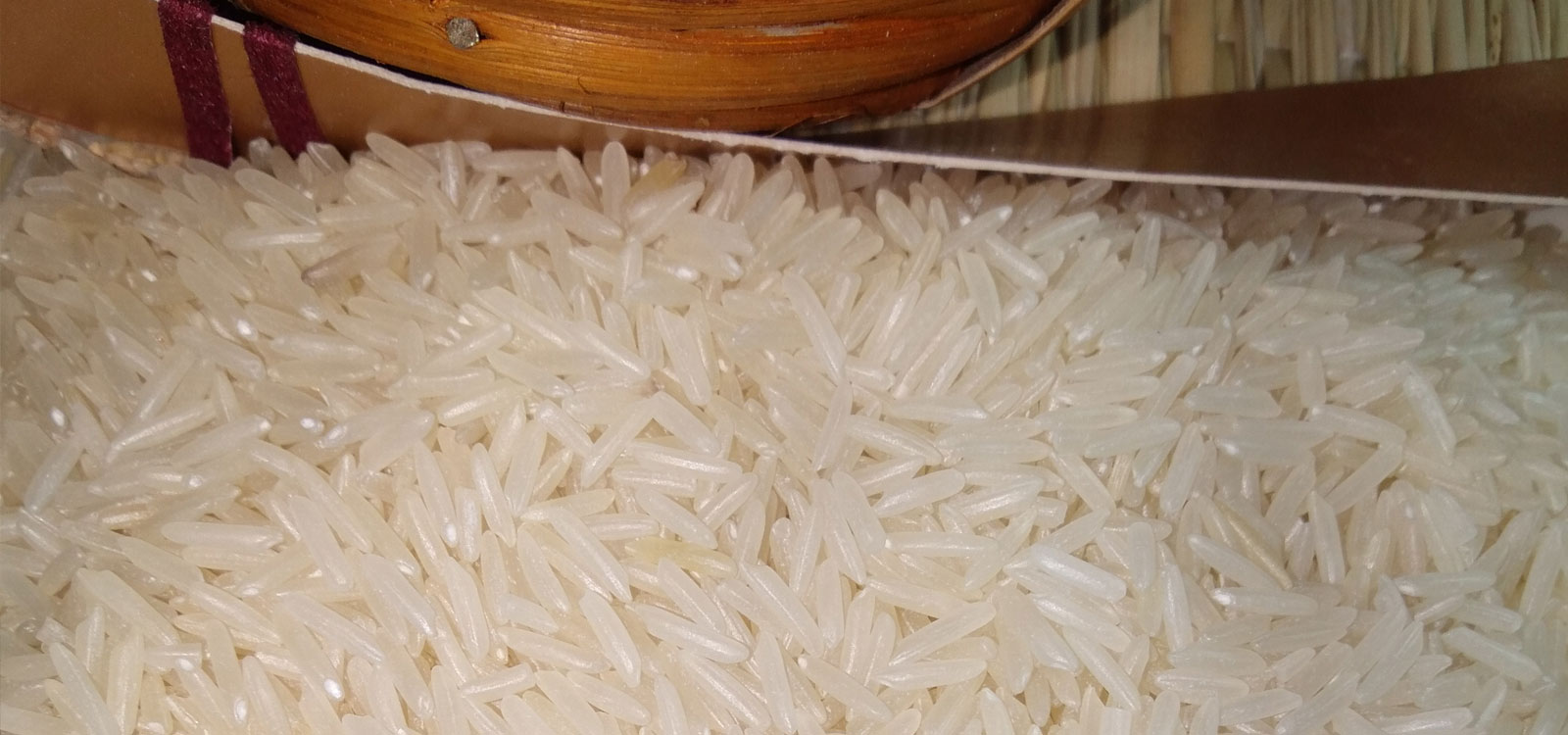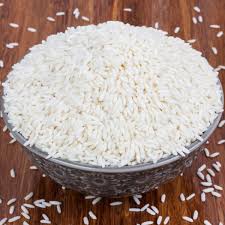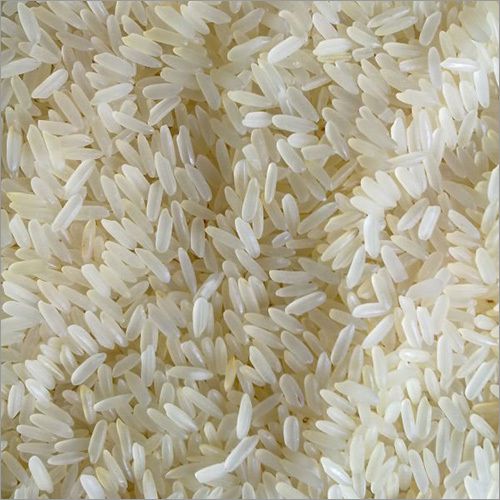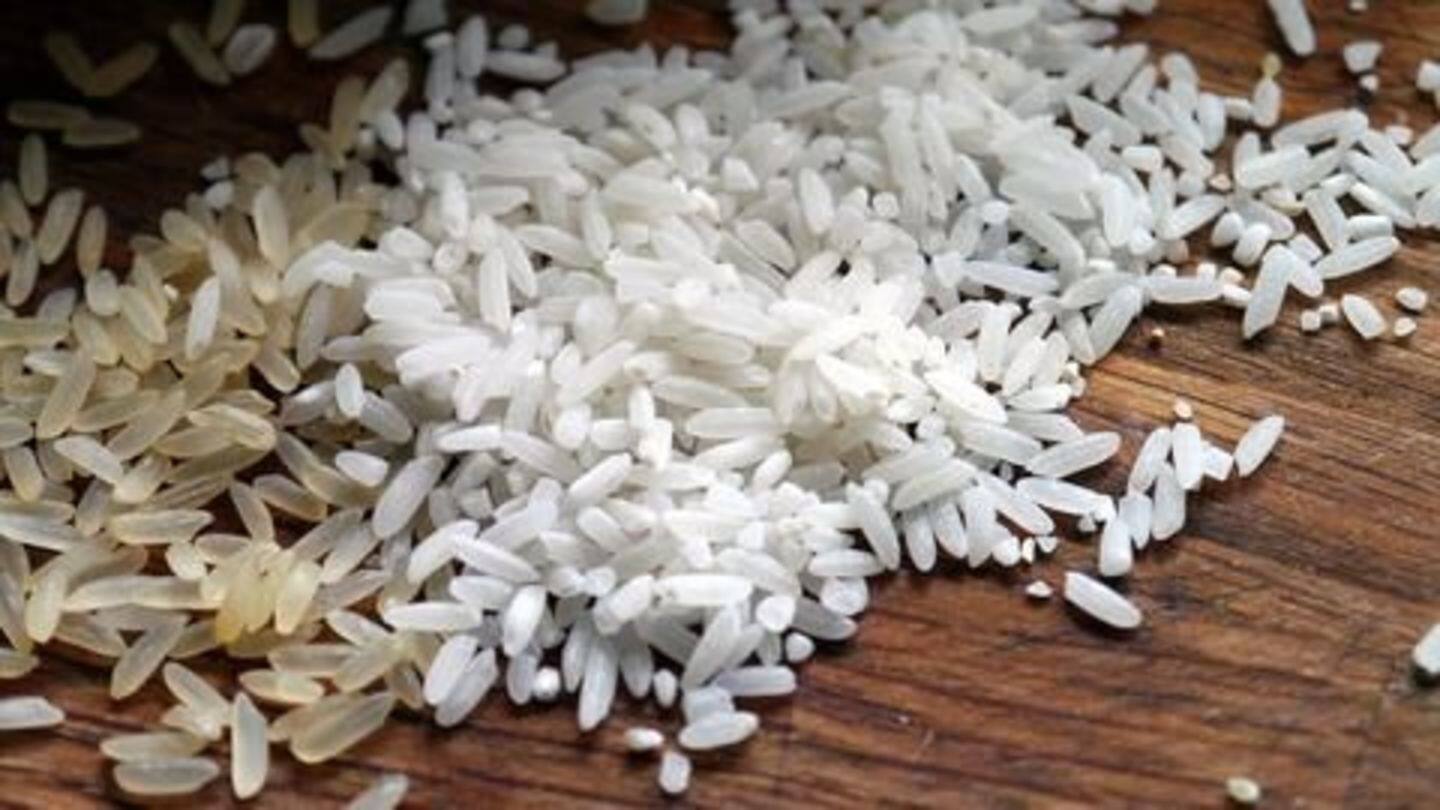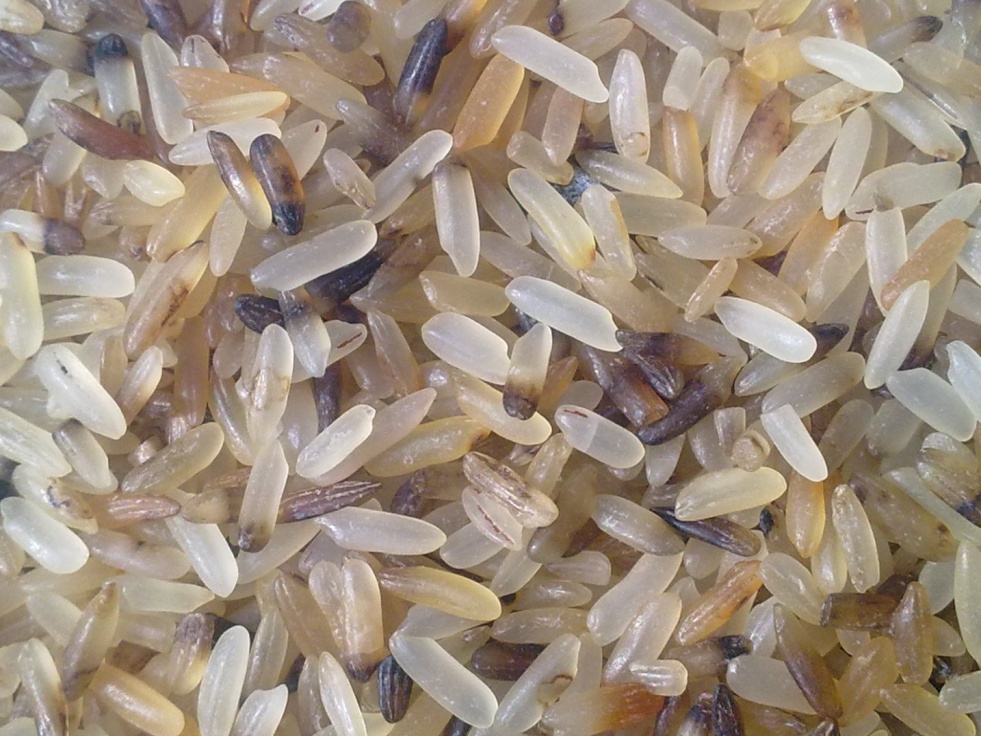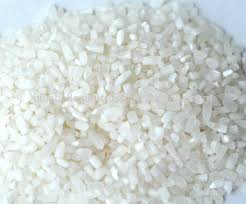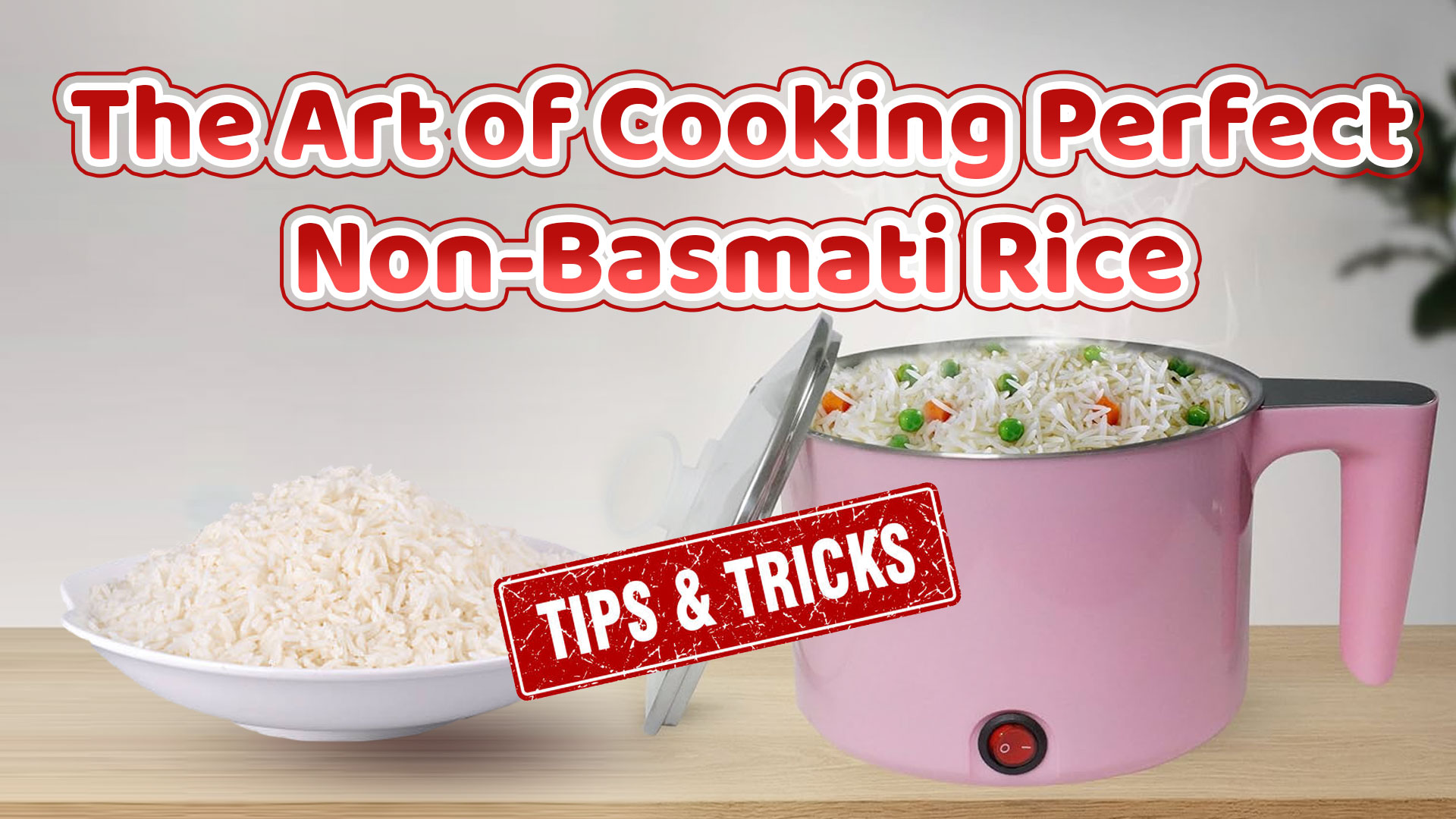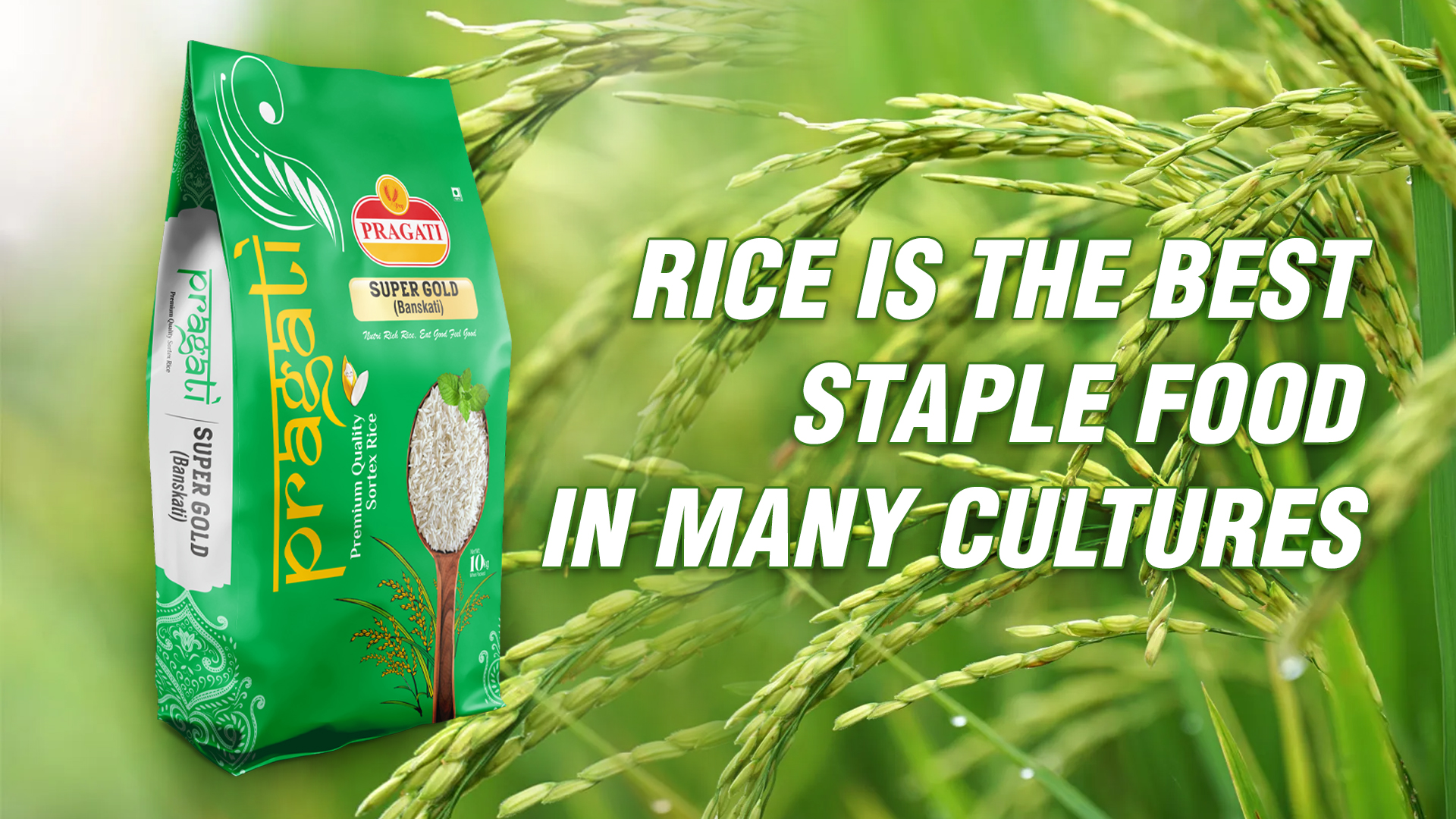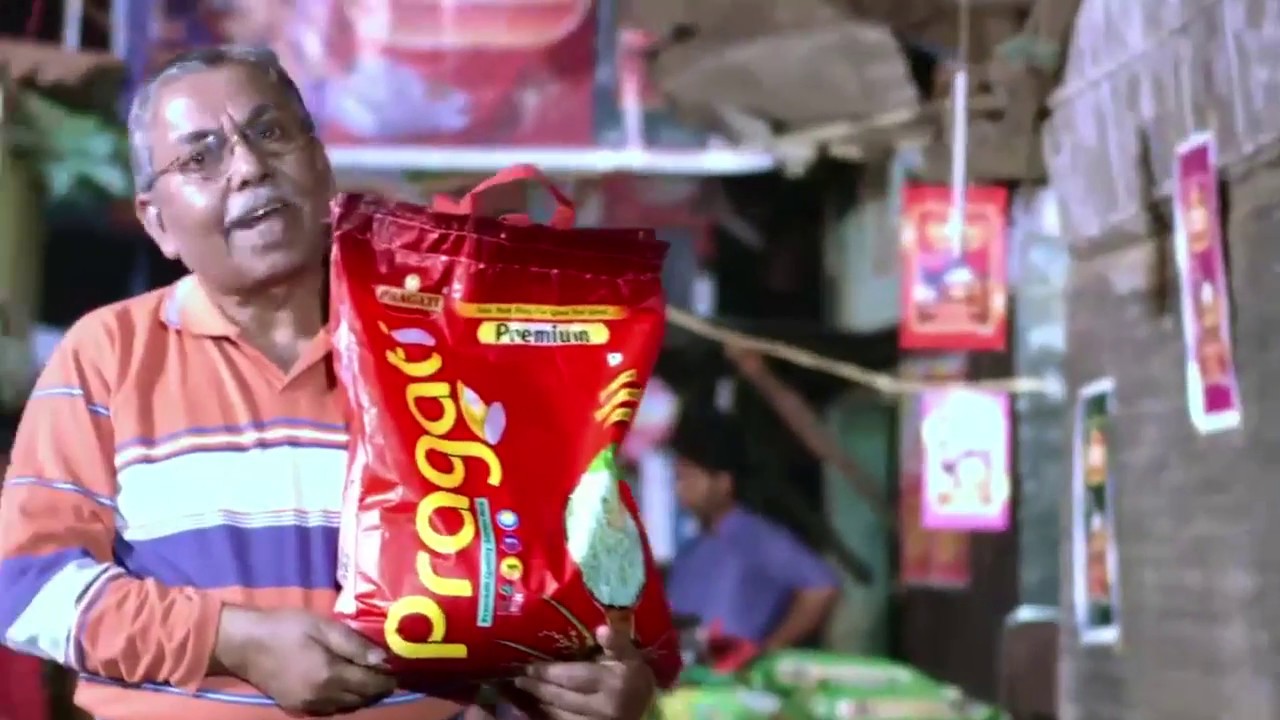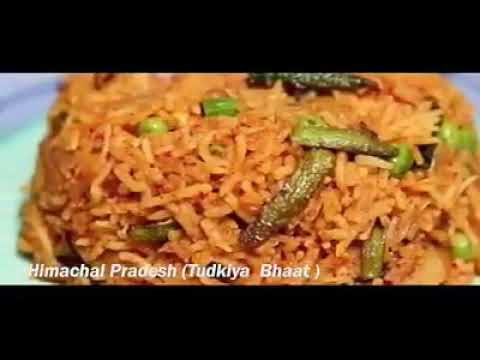Parboiled rice is the most commonly sold and consumed type of rice grain available in the Bengal market. Apart from Bengal, Bihar, Jharkhand and Assam are some of the states which have a heavy population of parboiled rice eaters.
Consumers rely on the retailer’s word-of-mouth and purchases, whatever is suggested, ignorant of the actual facts.
Let us try and analyse the factors which degrades the quality of parboiled rice in the Indian markets, with particular focus on Bengal. Some of the popular variants of parboiled rice popular in Bengali households are banskathi, dudheshwar, miniketto name a few.
The banskathi variant is a favourite amongst most as it yields milky white free flowing rice, which appeals to the taste buds of all. Consumers fall trap to the words of the retailer, without knowing the truth about the quality of the grain. However, there are certain factors which consumers must be knowing before they choose their grains.
Mixture: The primary cause which effects the quality of the rice grains is mixing. Once the rice leaves the manufacturers, they reach the market. In the market there are various traders who, adulterate the original variant of the grain with a lesser variety, to retain a better margin of profit. This reduces the quality which eventually affects the taste and texture of the rice grains.
Damage and Discolouration: Another important factor the consumer need to understand is that during the processing of the rice grains, may grains are damaged and lose their original colour. These grains rather than being disposed off, are mixed with the good quality grains by one section of the market to ensure that profit percentage remains high.
Polish: Some grains of rice are extremely shining, which is not natural, some manufacturers add a powdered stuff to the rice grain to make it shine, which reduces the taste and quality of the rice grains. Also, such processes make the quality unhealthy for consumption. Most consumers are unaware that such practices are followed in the market, and ultimately harm their health.
Moisture: Moisture is another important factor which decides the quality of the rice. When the paddy is processed after harvest, the maximum amount of moisture is removed from the grains within 24 hours of harvest to ensure that the quality does not deteriorate. Most people are unaware of these factors affection the quality of rice.
Plastic Rice: Plastic rice or artificial rice, as it is called is broken rice grains, treated with micro nutrients and other cereals. It is just a replica of a rice grain.
Broken Rice: In many cases substandard quality of rice which breaks while processing is collected and further mixed with better quality of rice to help rice whole sellers keep better profit. Broken rice grains mixed with a superior quality of rice will lead to over cooking and finally give stick rice, which is always uncalled for.
The consumers must be aware of the above mentioned factors which affect the quality of rice, which ultimately yields poor quality of cooked rice, which in turn affects the taste as well. If the consumers are educated to enough to identify these problems in their rice, then markets will definitely improve and whole sellers and miscreants will have very less scope to tamper with the quality of rice.
